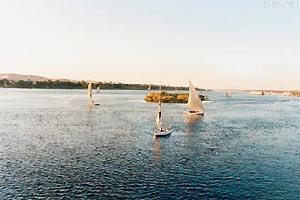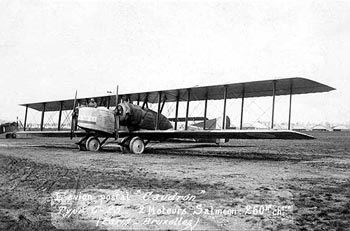Its northern limit is the Mediterranean Sea; to the south it faces the meeting of the Indian and Atlantic Oceans; it overlooks the Indian Ocean and the Red Sea to the east, and the Atlantic Ocean to the west. The continent covers an area of 30,365,000 km2, practically three times that of Europe, which makes it the third largest continent in the world. Africa is 8 thousand kilometres long from north to south and 7,400 km from east to west. Due to its location, the continent stretches almost equally into the southern and the northern hemispheres.
Crossed by the equator and by the tropics, its landscape is marked by plains and plateaus, such as those of the Sahara (the desert of the same name is the largest in the world), Sudan, Central Equatorial Africa, Congo or Zaire and South Africa. Likewise, there are 11 mountain ranges in the African topography: to the north the Atlas Range, the Ahaggar Mountains and the Tibesti Mountains; to the east, the Ethiopian and the Mitumba, Virunga and Ruwenzori Mountains; to the west the Tamgue, Loma and Adamawa Mountains, and to the south the Drakensburg Mountains.
The highest peak in Africa is Mount Kilimanjaro, a volcano at 5,895 metres above sea level. Lake Assale, 155 metres below sea level is the lowest point in the continent.
The countries
Africa consists of 53 independent countries: Angola, Algeria, Benin, Botswana, Burkina Faso, Burundi, Cape Verde, Cameroon, Comoros, Congo, Côte d’Ivoire, Chad, Djibouti, Egypt, Eritrea, Ethiopia, Gabon, Gambia, Ghana, Guinea, Guinea-Bissau, Equatorial Guinea, Kenya, Lesotho, Liberia, Libya, Madagascar, Malawi, Mali, Morocco, Mauritius, Mauritania, Mozambique, Namibia, Niger, Nigeria, Central African Republic, Democratic Republic of the Congo, Rwanda, São Tomé and Príncipe, Senegal, Seychelles, Sierra Leone, Somalia, South Africa, Sudan, Swaziland, Tanzania, Togo Tunis, Uganda, Zambia and Zimbabwe
Hydrography and climate
Africa has numerous rivers and lakes. In fact, there are six basins with 25 important rivers and 15 large lakes. Among these basins are: the River Nile basin, the longest in the world, at 6,690km; the Congo or Zaire river basin (the second largest in the world by size, around 3,700,000 km2), the Niger basin, the third largest in Africa (4,160 km); the Zambezi River basin (2,660 km) and the Orange River basin (1,860 km).
The main lakes are Lake Victoria (68,100 km2), Tanganyika (32,983 km2), Malawi or Nyasa (30,800 km2) and Chad (16,300 km2).
The African climate is generally warm, because the majority of its territory lies between the tropics. There are eight climatic areas in the continent: Desert (such as the Sahara), semiarid, tropical or savannah, equatorial, temperate or Mediterranean, oceanic, temperate highland and mountainous.
Population and Economy
Africa has a population of 869 million inhabitants and its life expectancy index is one of the lowest in the world at barely 49 years. Contrariwise, the growth rate of this continent is one of the highest in the world, 2.2% between 2000 and 2005. Similarly to Asians, only 39% of Africans live in cities.
The natural resources in Africa are numerous and abundant. Some of these are natural gas, uranium, radium (of which it is the largest producer in the world), copper, lead, chromium (it has the largest reserves in the world), zinc, tin, titanium (the largest deposits in the world lie in Sierra Leone), gold and platinum. It also has the main reserves of germanium, lithium and diamonds in the world, and half the phosphate reserves.
However, the majority of Africa’s income comes from agricultural exports, such as coconut oil, cotton, tobacco, sugar, cocoa and coffee.
This is due to the fact that there is very little industry in this continent. It is mainly based in the largest cities and only plays a minor role in the processing of raw materials before they are sent out of Africa.








